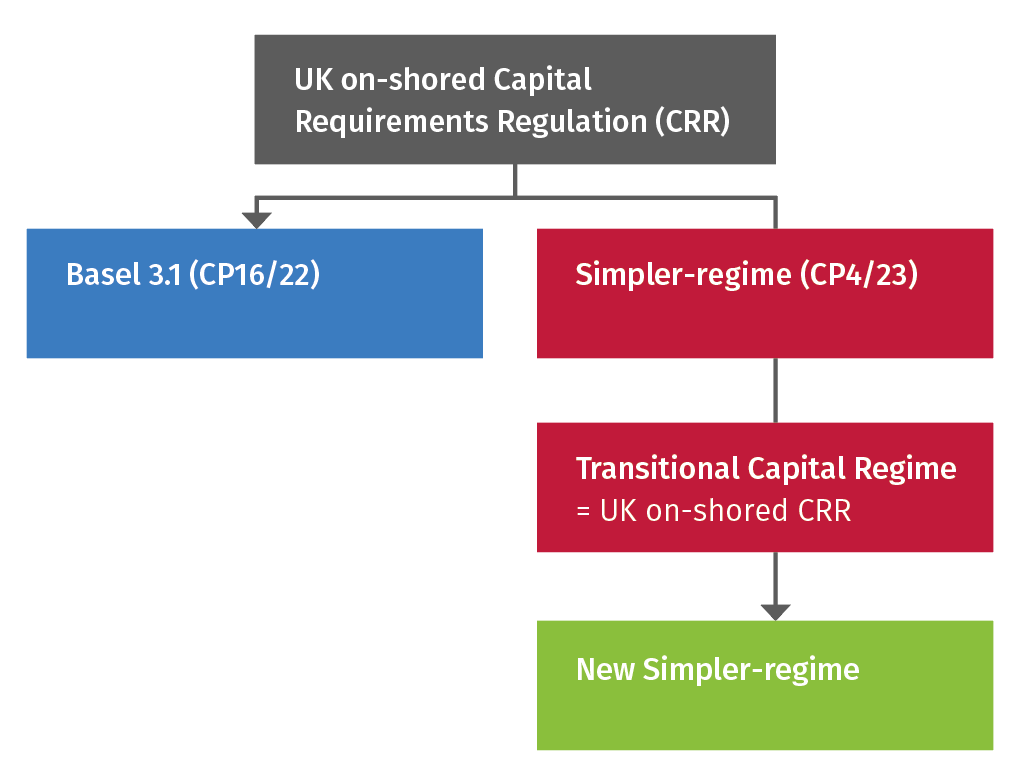The Prudential Regulation Authority (PRA) released the proposed rules and expectations for Basel 3.1 implementation in the UK. As expected, Consultation Paper (CP) 16/22 includes many European Union (EU)-specific deviations. The PRA since then has released part 1 of the near-final Basel 3.1 rules - PS17/23 and PS15/23.
Most recently, on August 29, 2024, the Bank of England announced it would publish the second and last set of near-final Basel 3.1 rules on September 12, 2024. The PRA will also publish a consultation paper covering the capital-related aspects of its Strong and Simple regime for smaller firms on the same date.
This isn’t surprising given the UK’s status as the world’s largest exporter of financial services. The financial sector is global and complex and shifts in regional dynamics have a wider impact. Naturally, that puts the onus on UK regulators to maintain the highest financial standards.
Many jurisdictions—Australia, Canada, Hong Kong, Singapore, and Switzerland—are further along in their implementations and have stayed true to the Basel Committee’s standards, with only minor deviations. Whereas the European Commission’s proposal includes deviations from the Basel III standards that would make the EU an international outlier. But the PRA is striking a balance by fine-tuning the Basel standards for the UK market and UK data without undermining resilience, thus allowing organizations to stay compliant and competitive.
This is a landmark move and PRA’s first major reform post-BREXIT. It also foreshadows the direction of future regulations.
Proposed updates to Basel standards
What’s changing? And why?
The global financial crisis revealed significant shortcomings in how risk-weighted assets (RWAs) and capital ratios are calculated. In response, the Basel Committee on Banking Supervision (BCBS) agreed to a series of reforms to the current standards. These reforms (called Basel III) are intended to enhance banks’ resilience throughout the economic cycle.
In the UK, many of the reforms were addressed through legislation that was built into BREXIT in 2020, and subsequently worked upon by the PRA (e.g., liquidity and leverage ratios). Now, CP16/22 covers parts of Basel III that haven’t been implemented in the UK, with a primary focus on RWA calculations.
Click each of the risk and reporting categories to understand the impact.






